
If you are renovating your home or redoing any of your spaces, you should focus on making your upgrades eco-friendly. Not only can you have a more positive impact on the environment by choosing sustainable options, but you will also see benefits to your health, well-being, and utility bills. Upgrading your home fixtures can help you conserve water, electricity, and heat to make your home expenses more manageable.
Here are 10 upgrades from the 5Blox team that you should consider as you renovate and refurbish your home.
Focus on insulation
Heating costs are one of the top household expenses on a monthly basis. Whether you have electric heating or an oil furnace, you are likely spending hundreds of dollars per month on heat. If your home needs an upgrade and renovation, you should prioritize getting your insulation updated and improved to avoid losing money on wasted energy that your house doesn’t retain. Proper insulation can make the atmosphere in your home more comfortable, maintaining heat in the winter and coolness in the summer while also reducing your utility bill. The Department of Energy outlines insulation practices that you can speak about with your contractor.

Smart thermostats
Installing a smart thermostat in your home allows you to control the temperature more accurately in your space and set timers for your heating and cooling for specified periods of the day across any day of the week. This will help you ensure you aren’t wasting energy when you are out of the house and can help you quickly heat the space right before you get home in the winter. Products like the Google Nest and Ecobee Smart Thermostat allow you to set your home to eco mode and track your energy usage more diligently.
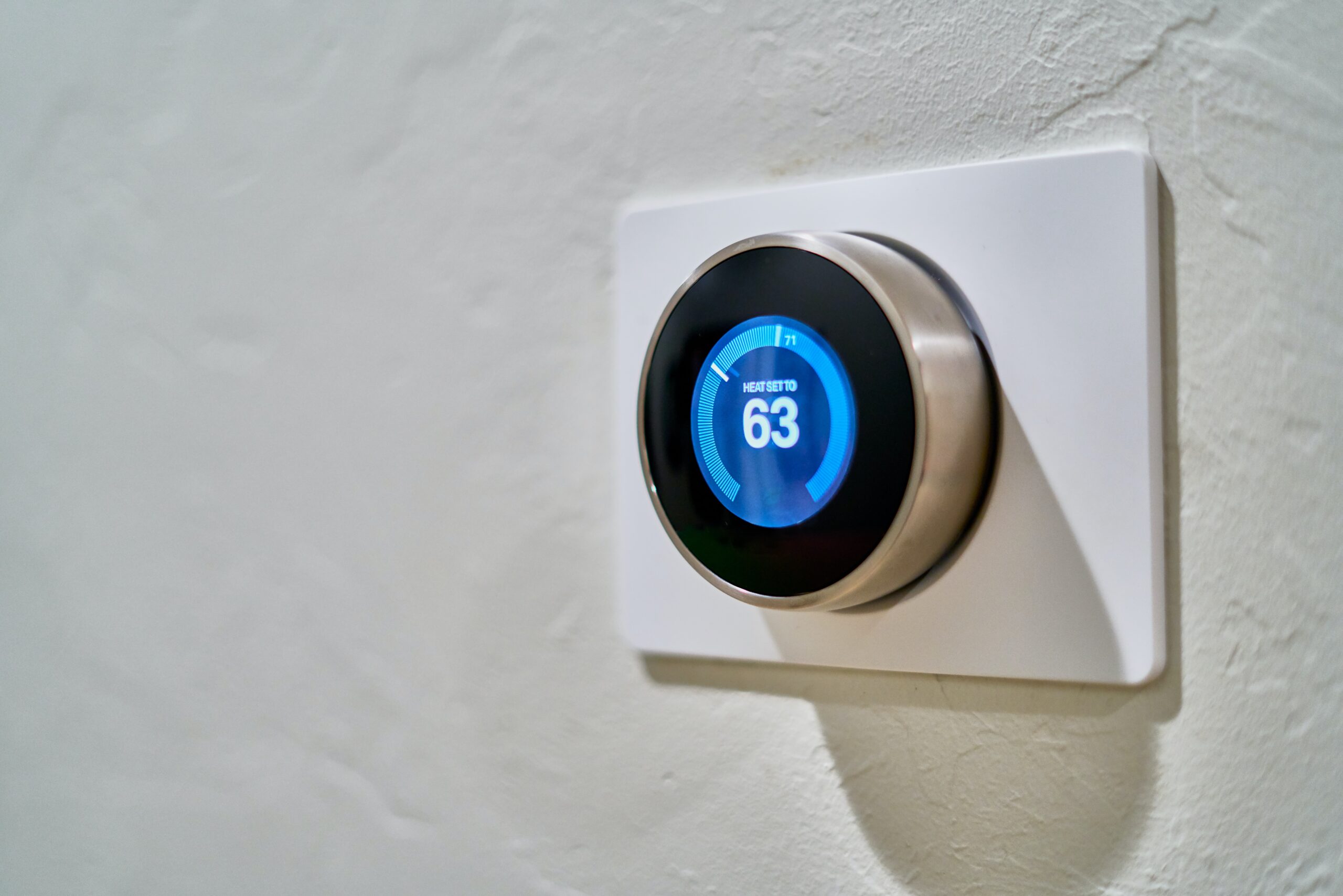
Water efficiency
Incorporating appliances and fixtures that conserve water will help you create a more sustainable home. Especially in areas where there are periods of drought, this can be even more pressing. Install faucet aerators to reduce water flow or use low-flow shower heads and sink faucets to save nearly 2,900 gallons of water as a family each year.

Upgrade to efficient kitchen appliances
Old refrigerators, dishwashers, and washing machines are less energy efficient than newer models and may mean you are running up your electricity bill. Upgrade your kitchen appliances to items like the GE Smart Refrigerator, or any products with the Energy Star rating, which you can find online, at Home Depot, Lowes, or any other retailer.
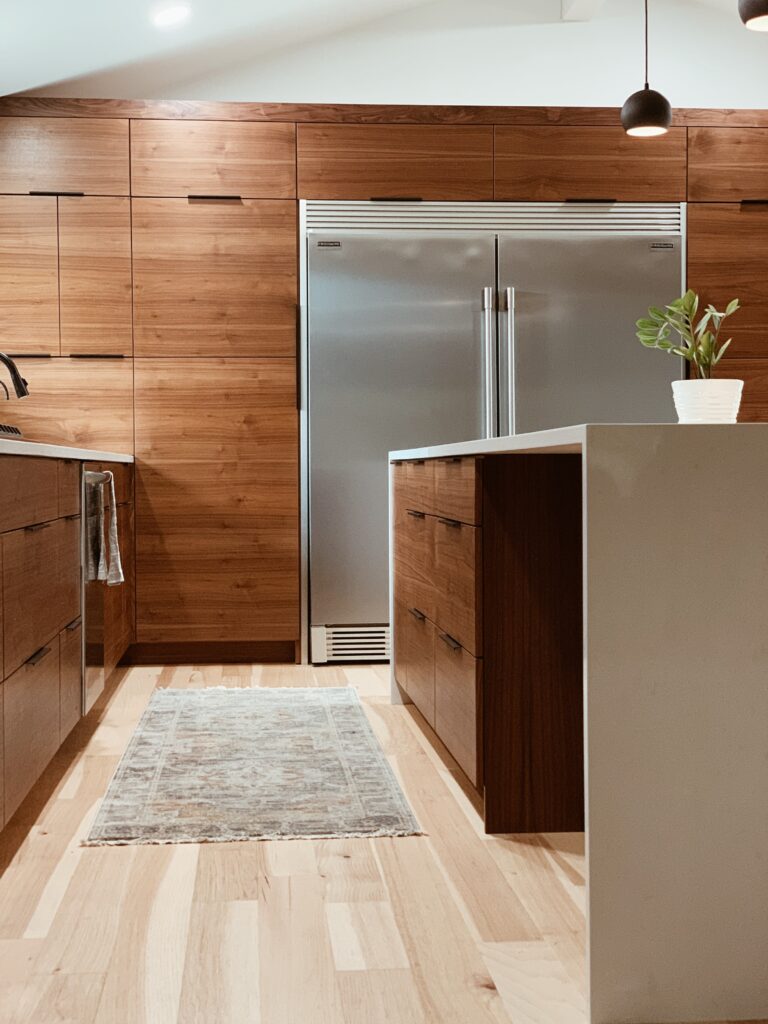
Upgrade to LED lighting
On average, LED lights in the home use a minimum of 75% less energy than incandescent bulbs and last 25 times longer. Upgrading your light fixtures to LED bulbs will mean significant electricity savings, plus a reduced need to replace bulbs. These lights come in a variety of warm and cool tones, and some smart bulbs even have apps that connect so you can alter the color and brightness of your phone. Whenever possible, stick with those that are Energy Star rated for maximum sustainability.
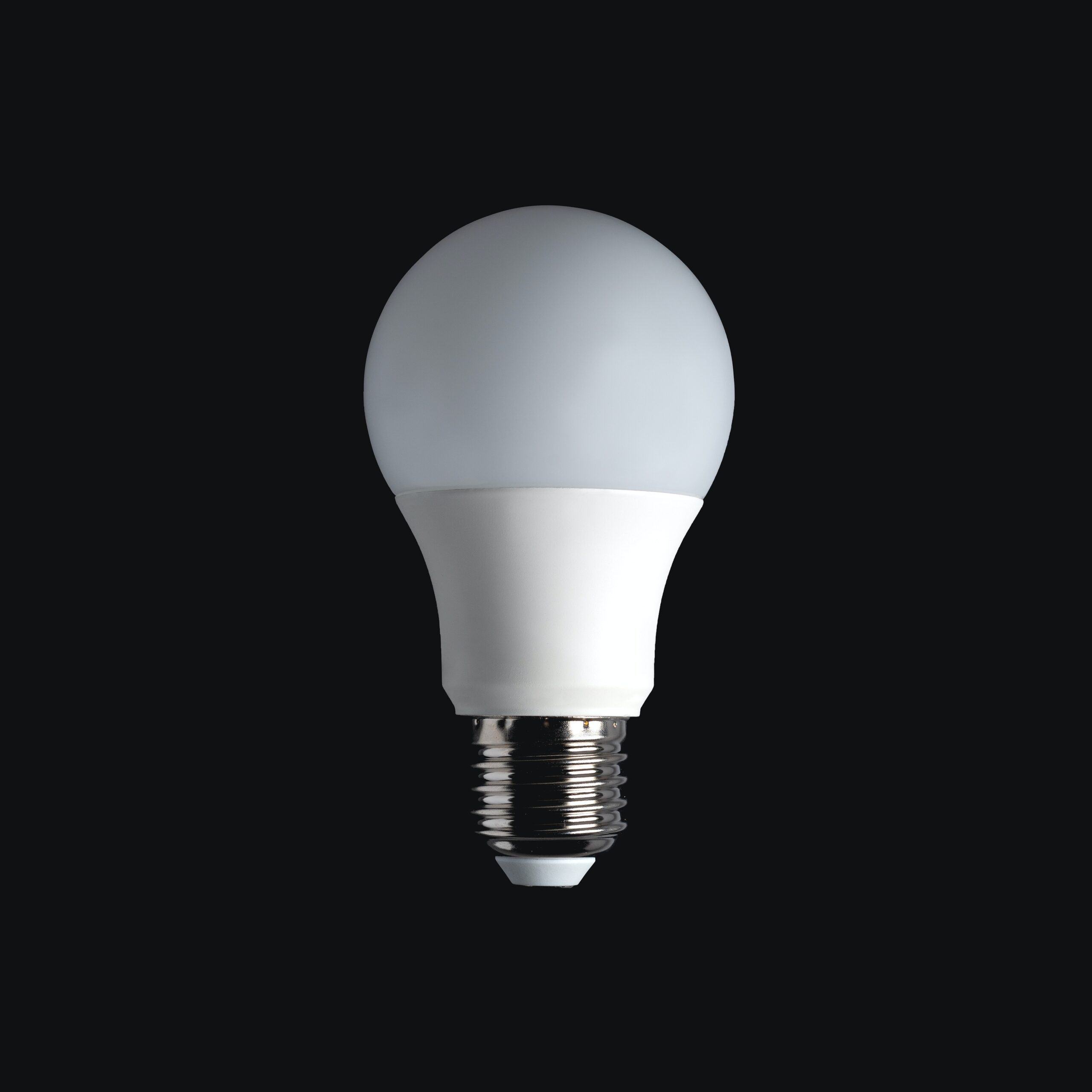
Sustainable flooring
Materials like bamboo and some melamine or linoleum flooring make for more sustainable options than their traditional hardwood counterparts. Choose these materials if you are looking to build a space with eco-friendly building supplies, as they are non-toxic and sustainably sourced. Bamboo is especially sustainable as a natural material because it can be harvested without harm, grows back quickly, and is sturdy and strong.

Replace windows
The Department of Energy reports that up to 30% of the loss of heat in the winter or loss of coolness in the summer that homes experience are due to air leaks through windows. Replace your windows with Energy Star-rated products that have better insulation, locks, and glazing to keep the indoor air indoors and the outside air out. If you can’t fully replace your windows, look for drafty areas, cracks, and leaks and apply caulk and weatherstripping to increase insulation levels.

Use VOC-free paint
VOC stands for ‘Volatile Organic Compounds,’ which are substances that become vapors or gasses and are part of paints, finishes, and cleaning products. These chemicals have been proven to cause respiratory issues and also have a negative impact on the environment. Whenever possible, choose No-VOC paint, and double-check that they haven’t added other toxic chemicals in replacement. Brands like ECOS paint and AFM SafeCoat are reliable options for VOC-free materials.
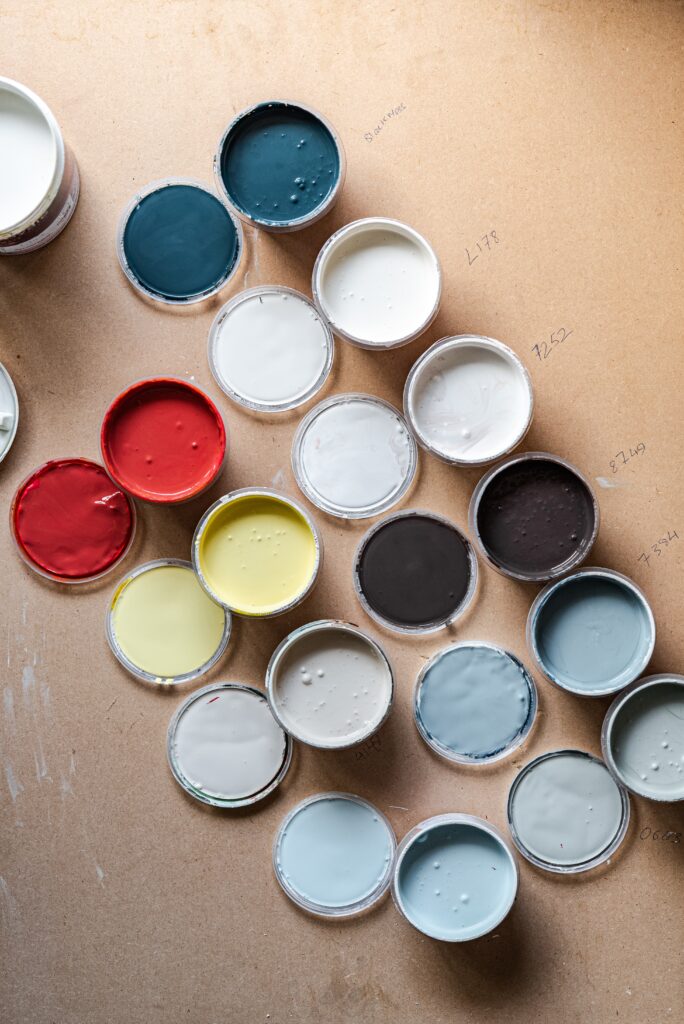
Install under-floor heating in the bathroom
Radiant floor heating is among the best ways to heat your home with energy efficiency in mind. Especially in spaces with a tiled floor that stays cold in winter months, install floor heating to boost your heat efficiency and effectiveness. In fact, radiant heating can be as much as 25% more efficient than forced air, and the heat directly hits your body as you move through the space, making it feel even cozier.
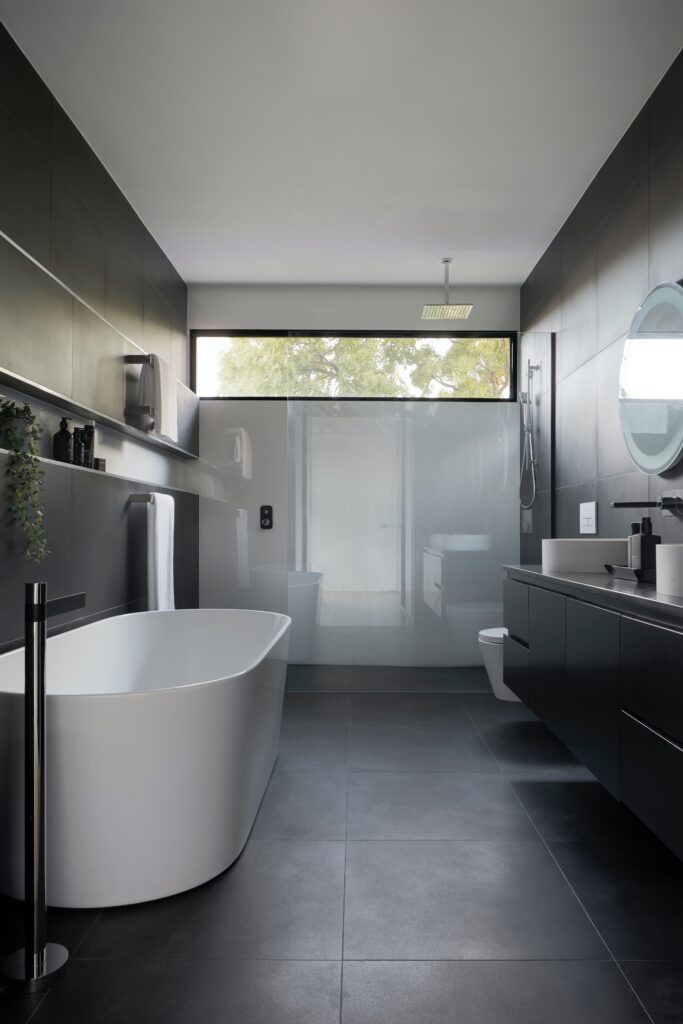
Incorporate greenery into your spaces
This step doesn’t require any major renovations, but when you are designing your interiors, bring in plants and greenery as part of your décor. Not only is it helpful to have plants for mental health and a connection to nature, but they can also help to reduce air pollutants, absorb toxins, create oxygen, and help with humidity levels. Beyond their positive side effects, plants are also beautiful and make for a universally appreciated design feature.

If you want to transform your house into your dream home, contact us today for a consultation to improve your kitchen, bathroom, interior design, or full renovation.
